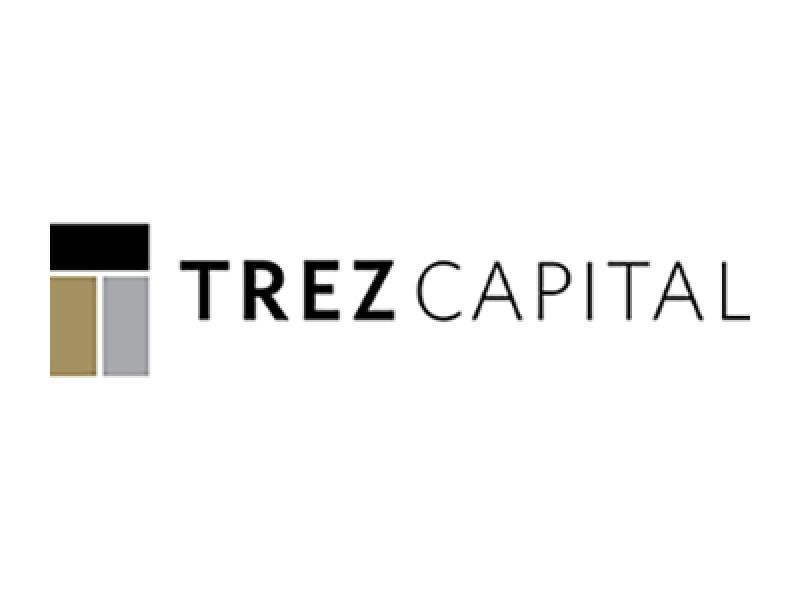EDITOR'S NOTE: Today RENX welcomes our newest column contributor, Sarah Segal of simplydbs. As the name of the column - CRE Data Deep Dive - indicates, Sarah will share insights based on her company's research about industry trends and issues. Her inaugural contribution focuses on the multifamily sector and the increasing importance of property apps.
In 2020, the pandemic caused a global disruption of processes and new ones had to be implemented practically overnight.
In order to reduce in-person interactions, the rental housing industry began to roll out virtual and digital technologies to expedite the rental process. Now that the pandemic is in the rearview mirror, how ingrained have they become among renters?
Earlier this year, simplydbs and Yardi collaborated to launch an industry-wide research project looking at marketing and leasing strategies within the Canadian professional housing provider community. Those who participated in this project represent almost 400,000 multifamily units across the country.
The results of the housing provider project, especially when layered on top of the Canadian Multi-Family Residential Survey, paints a compelling picture and highlights the gap between industry perception and market reality.
Emerging from the data are a couple of key themes: the importance of your company’s online presence and the increasing reliance on the property app.
New home searches begin online
Unsurprisingly, the search for a new home begins online. However, when asked, renters prefer property-specific websites (PSW) over internet listing services (ILS). Examples of ILS are websites such as rentcafe.com, rentals.ca, padmapper and craigslist.
Although the housing provider industry ranks ILS as the top interactive touchpoint between the prospective resident and the housing provider, overwhelmingly residents rely on PSW. Prospects want to be able to consult photos, lists and layouts for rental suites as well as for the rental community.
The data bears this out: property websites were tenants’ preferred online touchpoint with 92 per cent saying that it was either “essential” or “nice to have”.
Once the initial search was completed, 81 per cent of residents who were surveyed preferred being able to see and feel the space in person.
AI-guided tours and virtual tours were critical during the pandemic and remain very convenient when distance is an issue. However, residents continue to rely on physical tours of the unit and the property before making a decision.
Before leases are signed, prospects will conduct their due diligence and look at reviews of the property. Eighty-two per cent of people who responded said they preferred consulting Google Reviews, with 40 per cent indicating Google Reviews “directly helped my decision”.
Increasingly it is becoming critical that rental housing providers dedicate resources to help manage their online presence.
Property apps offer many advantages
Once a prospect has found their new home, they are looking for digital integration. Central to this is the property app, which is becoming the heart of the rental community and the residential experience.
There is a wide range of tasks that are being managed using an app and this is making life more convenient for the renter.
Smart home technology, building maintenance, financial transactions and social events are the categories of tasks being facilitated using an app. With increasing regularity, apps are being used to book amenity space, pay for tenant insurance, open doors, turn off lights and engage with the rental community.
Apps streamline the rental application process, provide a way to communicate with tenants, and help tenants feel safer and more connected in their communities.
Once tenants have an app, they actually use it. Those who don’t have a building app want one.
Here are a couple of examples:
- 88 per cent of tenants responded that they use their building app to create and track maintenance requests;
- 72 per cent want an app to get package delivery notifications.
Streamline building operations
A knock-on effect of digital integration is the streamlining of an array of building operations. This results in more efficient management and greater tenant satisfaction.
Throughout the rental journey, people are looking for more virtual, digital and online touch points. From the initial home search to move-in and the day-to-day living experience, the demand and support for transformative technology solutions is made clear in the data.
Much of the technology that was fast-tracked as a result of a crisis in a few short years has become entrenched among renters.
“The data from our collaboration with simplydbs underscores the importance of embracing digital solutions throughout the renter journey in Canada,” said Peter Altobelli, vice-president and general manager at Yardi.
“By providing renters with the online and mobile tools they expect, such as property-specific websites and user-friendly apps, rental housing providers can not only achieve operational excellence but also create a more convenient and positive living experience that will retain their residents.”
You can access your copy of the Housing Provider Report here.










